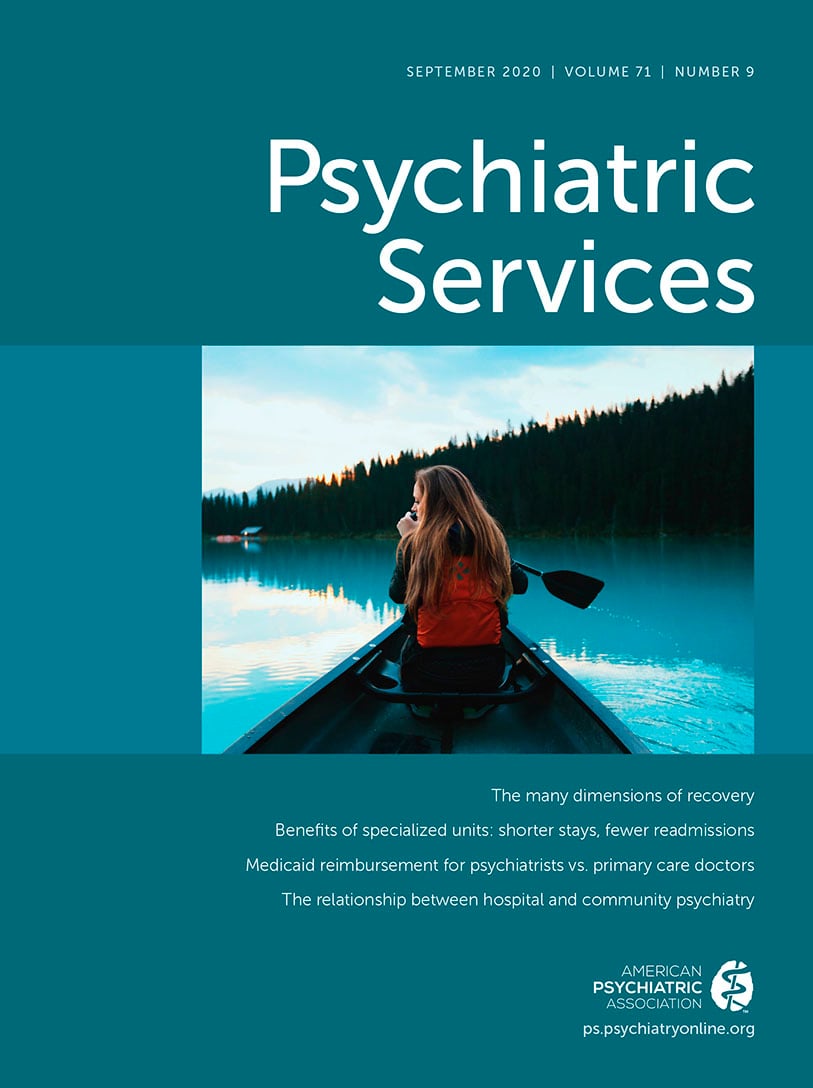Increases in Providers With Buprenorphine Waivers in the United States From 2016 to 2019
| 2016 (N=32,129) | 2017 (N=38,872) | 2018 (N=56,403) | 2019 (N=70,020) | |||||
|---|---|---|---|---|---|---|---|---|
| Characteristic | N | % | N | % | N | % | N | % |
| Public listing status | ||||||||
| Not public | 14,289 | 44.5 | 17,183 | 44.2 | 24,282 | 43.1 | 30,468 | 43.5 |
| Public | 17,840 | 55.5 | 21,689 | 55.8 | 32,121 | 56.9 | 39,552 | 56.5 |
| Provider type | ||||||||
| Physician | 32,129 | 100.0 | 36,769 | 94.6 | 46,514 | 82.5 | 54,945 | 78.5 |
| Nurse practitioner | 0 | .0 | 1,632 | 4.2 | 7,857 | 13.9 | 11,901 | 17.0 |
| Physician assistant | 0 | .0 | 471 | 1.2 | 2,032 | 3.6 | 3,174 | 4.5 |
| Patient limit | ||||||||
| 30 | 21,703 | 67.5 | 26,768 | 68.9 | 40,835 | 72.4 | 52,215 | 74.5 |
| 100 | 10,426 | 32.5 | 8,799 | 22.6 | 11,026 | 19.5 | 12,735 | 8.2 |
| 275 | 0 | 0 | 3,305 | 8.5 | 4,542 | 8.1 | 5,070 | 7.2 |
References
Information & Authors
Information
Published In
History
Keywords
Authors
Competing Interests
Funding Information
Metrics & Citations
Metrics
Citations
Export Citations
If you have the appropriate software installed, you can download article citation data to the citation manager of your choice. Simply select your manager software from the list below and click Download.
For more information or tips please see 'Downloading to a citation manager' in the Help menu.

